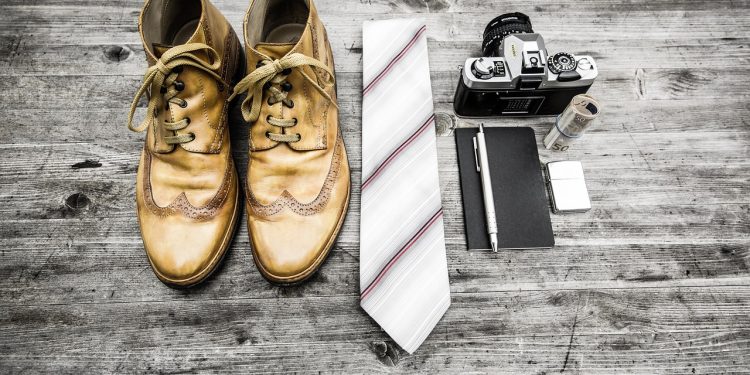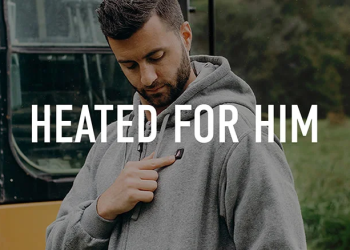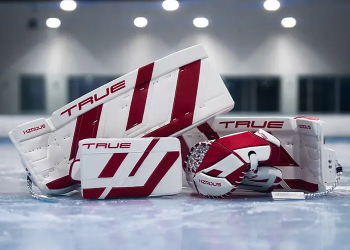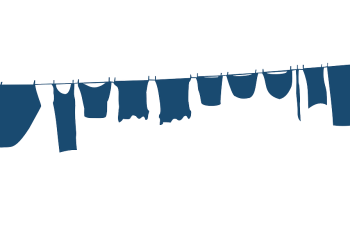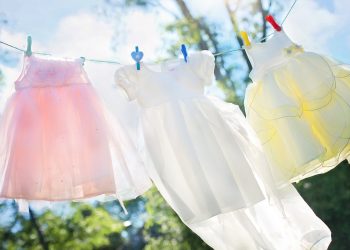Sustainability has become a defining principle in the fashion industry, reshaping how clothes are designed, produced, and consumed. With growing environmental awareness and a shift toward ethical practices, sustainable fashion trends are on the rise, appealing to both eco-conscious consumers and industry leaders. This article explores the key trends driving the sustainable fashion movement and how they are influencing our wardrobes.
Eco-Friendly Fabrics
One of the most significant developments in sustainable fashion is the use of eco-friendly fabrics. Designers and brands are experimenting with innovative materials that minimize environmental impact. Key examples include:
- Organic Cotton: Grown without harmful pesticides, organic cotton is a breathable and durable alternative to conventional cotton.
- Recycled Fabrics: Materials like recycled polyester and nylon are made from discarded plastics, such as bottles and fishing nets, reducing waste.
- Plant-Based Alternatives: Fabrics like mushroom leather, seaweed fiber, and bamboo offer biodegradable and renewable options.
These fabrics are not only environmentally friendly but also offer comfort and versatility, making them ideal for modern wardrobes.
Slow Fashion Movement
The slow fashion movement emphasizes quality over quantity, encouraging consumers to buy fewer but better items. This trend challenges the fast fashion model by promoting:
- Timeless Designs: Investing in classic pieces that never go out of style.
- Durable Materials: Choosing clothes made to last, reducing the need for frequent replacements.
- Mindful Consumption: Encouraging consumers to prioritize thoughtful purchases over impulse buys.
By embracing slow fashion, individuals can build sustainable wardrobes that reflect their values.
Circular Fashion
Circular fashion aims to extend the lifecycle of clothing through recycling, upcycling, and resale. This trend reduces textile waste and promotes a more sustainable approach to consumption. Key aspects include:
- Clothing Rentals: Platforms like Rent the Runway allow users to rent high-quality pieces for special occasions, reducing one-time purchases.
- Secondhand Shopping: Thrift stores and online marketplaces, such as Depop and Poshmark, make pre-loved clothing accessible and trendy.
- Upcycling: Transforming old garments into new designs breathes life into items that might otherwise be discarded.
Circular fashion not only benefits the planet but also encourages creativity and individuality in personal style.
Transparent Supply Chains
Consumers are demanding greater transparency from fashion brands, pushing for ethical practices at every stage of production. Transparency ensures:
- Fair Labor Practices: Workers receive fair wages and work in safe conditions.
- Sustainable Sourcing: Materials are ethically obtained, minimizing environmental harm.
- Accountability: Brands are held responsible for their environmental and social impact.
Transparency builds trust between brands and consumers, fostering loyalty and accountability in the fashion industry.
Minimalist Wardrobes
The minimalist approach to fashion emphasizes simplicity and intentionality, aligning perfectly with sustainable principles. Key elements include:
- Capsule Wardrobes: Building a collection of versatile pieces that can be mixed and matched.
- Neutral Palettes: Choosing timeless colors that work across seasons.
- Quality Over Quantity: Prioritizing well-made items that stand the test of time.
Minimalist wardrobes reduce clutter and waste, offering a practical and stylish solution to overconsumption.
Innovations in Technology
Technology is playing a pivotal role in advancing sustainable fashion. Innovative solutions are transforming the industry, including:
- 3D Knitting: This technique minimizes fabric waste by creating garments directly from digital patterns.
- AI in Design: Artificial intelligence helps optimize production processes and predict trends, reducing overproduction.
- Waterless Dyeing: New dyeing methods drastically reduce water usage, addressing one of the fashion industry’s most significant environmental challenges.
These technological advancements make sustainability more accessible and efficient for brands and consumers alike.
Vegan and Cruelty-Free Fashion
The rise of vegan and cruelty-free fashion reflects a growing commitment to animal welfare and ethical practices. Key developments include:
- Vegan Leather: Alternatives like apple leather, pineapple leather (Piñatex), and cork offer stylish, animal-free options.
- Fur-Free Policies: Major brands are eliminating real fur from their collections in favor of synthetic or plant-based alternatives.
- Cruelty-Free Testing: Ethical production methods ensure no animals are harmed during manufacturing.
Vegan fashion demonstrates that style and compassion can coexist, appealing to a broader audience of conscious consumers.
Local and Artisanal Production
Supporting local artisans and small-scale producers is another cornerstone of sustainable fashion. Benefits include:
- Reduced Carbon Footprint: Locally produced items require less transportation, cutting down on emissions.
- Preservation of Craftsmanship: Investing in handmade goods supports traditional skills and techniques.
- Community Empowerment: Purchasing from local artisans fosters economic growth and sustainability within communities.
Artisanal production combines sustainability with cultural appreciation, offering unique and meaningful fashion choices.
Sustainable Activewear
Activewear brands are leading the charge in sustainability by creating eco-friendly workout gear. Features include:
- Recycled Materials: Leggings and sports bras made from recycled plastics.
- Biodegradable Fabrics: Innovations in activewear include materials that break down naturally over time.
- Ethical Manufacturing: Brands prioritize fair labor and environmentally friendly practices in production.
Sustainable activewear allows consumers to align their fitness goals with their environmental values.
Educating Consumers
Empowering consumers with knowledge is crucial for driving sustainable fashion forward. Educational efforts focus on:
- Label Transparency: Teaching consumers to read and understand clothing labels.
- Repair and Care: Encouraging proper garment care to extend lifespan.
- Advocacy: Promoting awareness of the environmental and social impacts of fashion.
Informed consumers make better choices, contributing to a more sustainable future for the industry.
Investing in the Future
As sustainable fashion trends continue to grow, the industry is moving toward a more ethical and eco-conscious future. By embracing these trends, consumers and brands alike can play a role in reducing fashion’s environmental footprint while promoting creativity, quality, and compassion.


